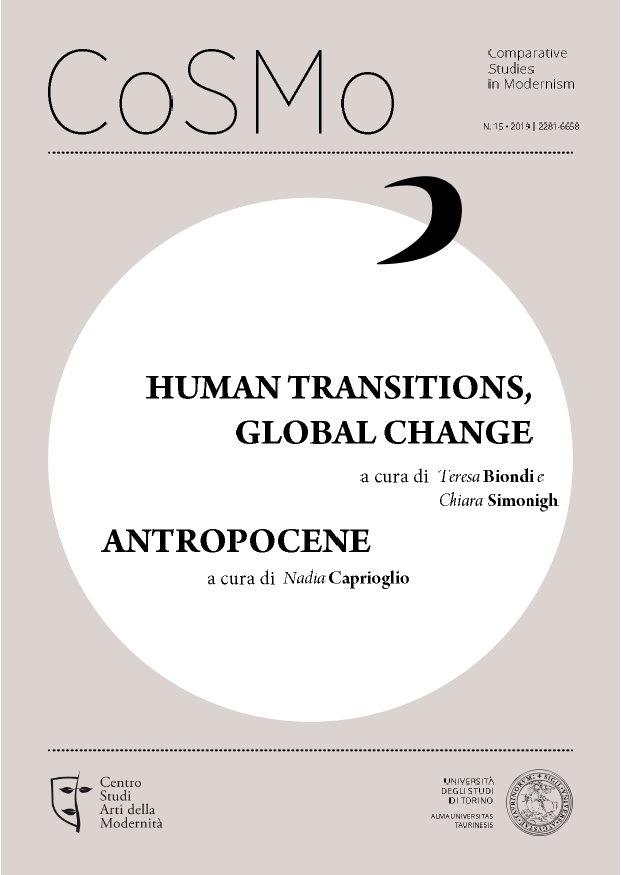Longing for Arrival: Visual Representations of Cultural Mis/Encounters
DOI:
https://doi.org/10.13135/2281-6658/4022Parole chiave:
Tourism, Migration, Documentary Film, Photography, Viewer Position.Abstract
Either planned or unexpected, the interruption of travel is an arrival of sorts that plays out as a cultural encounter constrained by the difference between the traveler’s experience and her expectations. This article refers to three visual representations of the (im)possibility of such cultural encounters, where the viewer gets access to the pervasive liminal space that prevents the actualization of the encounter and becomes the vehicle or performer of the gap. Sergei Loznitsa’s documentary film Austerlitz (2016) is an account of the phenomenon of heritage tourism observed at a Holocaust memorial site. Through framings of insistent exposure of the visible and audible, the film reveals the embodied dimension of a pervasive longing for an elusive cultural meaning. Austerlitz situates this mis-encounter within a liminal space continually adjusted by the distance between viewer and filmic subject. Karim Aïnouz’s documentary film Central Airport THF (2018) looks at the experience of Syrian asylum seekers sheltered in the hangars of Berlin’ defunct Tempelhof Airport. The film contrasts the migrants’ daily lives inside the former airport’ regimented space with scenes of locals enjoying activities in the park built around the runways. The tension between the two social geographies prompts the viewer to acknowledge the in-between as an inescapable zone of cultural and political distance. Maja Nydal Eriksen’s traveling photography exhibition 100% FOREIGN? (Copenhagen City Hall 2017) assembles photographic portraits co-authored by its former refugees subjects, along empowering first person narratives of their stories of living as ‘foreigners’ in Denmark. However, through its setting, the exhibition fails to situate the viewer within a position that could destabilize her outsider gaze and trigger a sense of responsibility. While these texts employ, manipulate, and rely on a performative understanding of the idea of gaze, they are effective in so far as they destabilize the viewer from her position of detached observer, and bring her to acknowledge the responsibility of a belonging.Downloads
##submission.downloads##
Pubblicato
2019-12-28
Fascicolo
Sezione
Focus | Transiti dell’umano
Licenza
Gli autori mantengono i diritti sulla loro opera e cedono alla rivista il diritto di prima pubblicazione dell'opera, contemporaneamente licenziata sotto una Licenza Creative Commons - Attribuzione che permette ad altri di condividere l'opera indicando la paternità intellettuale e la prima pubblicazione su questa rivista.






